The Importance of Know-Your-Assumptions (KYA): An Alternative to Traditional Know-Your-Customer (KYC) Practices
July 20, 2023
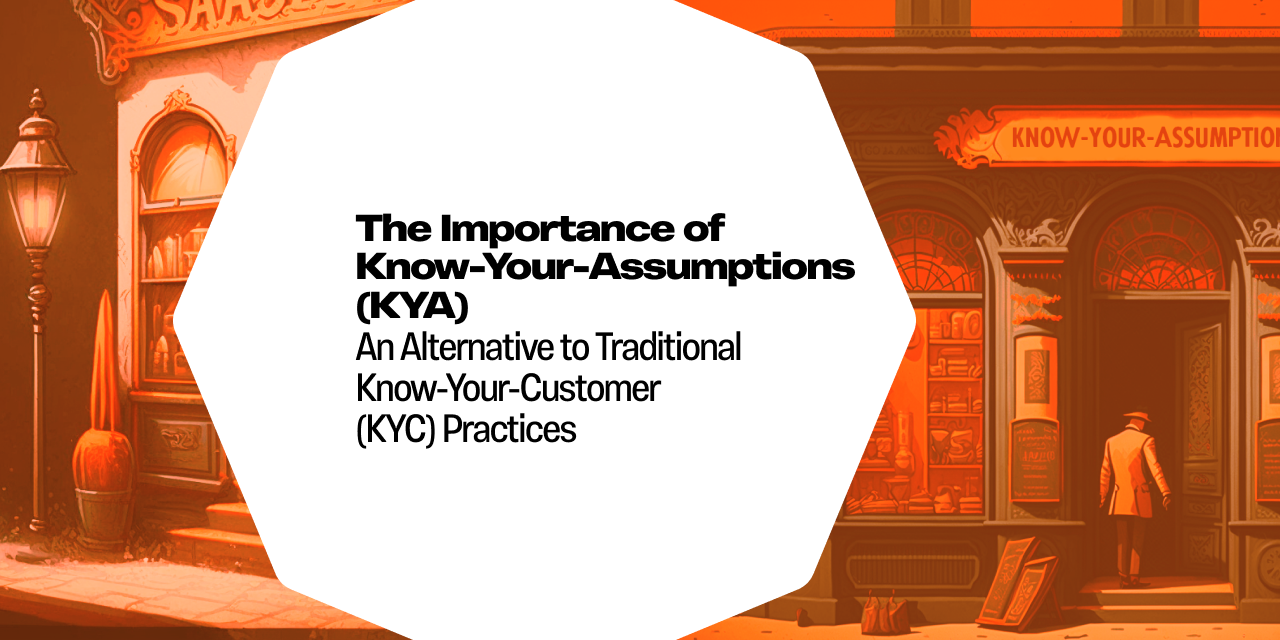
What Does KYA Mean?
KYA (Know-Your-Assumptions) refers to the importance of being aware of the underlying assumptions and principles of the crypto ecosystem. Cryptocurrencies, blockchain technology, and DeFi protocols are built on specific design choices, and understanding these assumptions is crucial to navigating the crypto space effectively so that one can make informed decisions.
Knowing Your Assumptions: Examples
Here are a few key areas where knowing your assumptions is particularly relevant in the crypto world:
Decentralization
Cryptocurrencies are often designed to be decentralized, meaning they operate without a central authority. However, the degree of decentralization can vary between different cryptocurrencies. It's important to understand the assumptions and mechanisms that govern a particular cryptocurrency's decentralization, such as the consensus algorithm and the distribution of nodes.
Trustless Transactions
Cryptocurrencies aim to enable trustless transactions, where parties can transact with each other without relying on a central intermediary. However, this assumption relies on the security and reliability of the underlying blockchain technology. Understanding the assumptions behind the security model, consensus mechanisms, and smart contract functionality is crucial for assessing the trustworthiness of a cryptocurrency.
Economic Models
Many cryptocurrencies incorporate economic models, such as tokenomics, to incentivize participation and secure the network. These models often involve assumptions about token supply, distribution, inflation, and governance. Knowing and evaluating these assumptions can help you assess the long-term viability and potential value of a cryptocurrency.
Regulatory Environment
The regulatory landscape surrounding cryptocurrencies varies from country to country and is subject to change. Understanding the assumptions and legal considerations related to crypto regulations is important for compliance and managing risks associated with regulatory changes.
Knowing Your Assumptions, Within The Ergo Ecosystem
With Ergo operating on the KYA model and Kushti's research paper shedding light on the importance of assumptions in cryptocurrencies and DeFi, it becomes evident that there is a need for greater understanding and transparency in the crypto industry. Kushti elaborates on this by stating:
“Traditional financial institutions are doing privacy invasive checks known as KYC/AML practices. In bankless world of cryptographically-powered decentralized finance it is natural to expect reversion of control, that is, now users are checking protocols for their properties, including cryptographic and other assumptions behind them. However, there is no explicit notion of it in the wild. Thus we would like to introduce Know-Your-Assumptions (KYA) practices as an alternative to KYC/AML practices in the world of decentralized money and financial tools, where users of the protocols do have real power, not centralized entities enforcing users to comply with their always-changing rules.”
Asking for transparency and practicing Know-Your-Assumptions (KYA) can contribute to a solid foundation for the industry to build upon. By embracing KYA as an alternative to traditional invasive privacy checks, we empower users to verify the properties and assumptions of decentralized financial tools, ultimately shaping a bankless world where users hold real power.
Applying Know Your Assumptions - Case 1
Below would be an example in which a KYA prompt is provided:
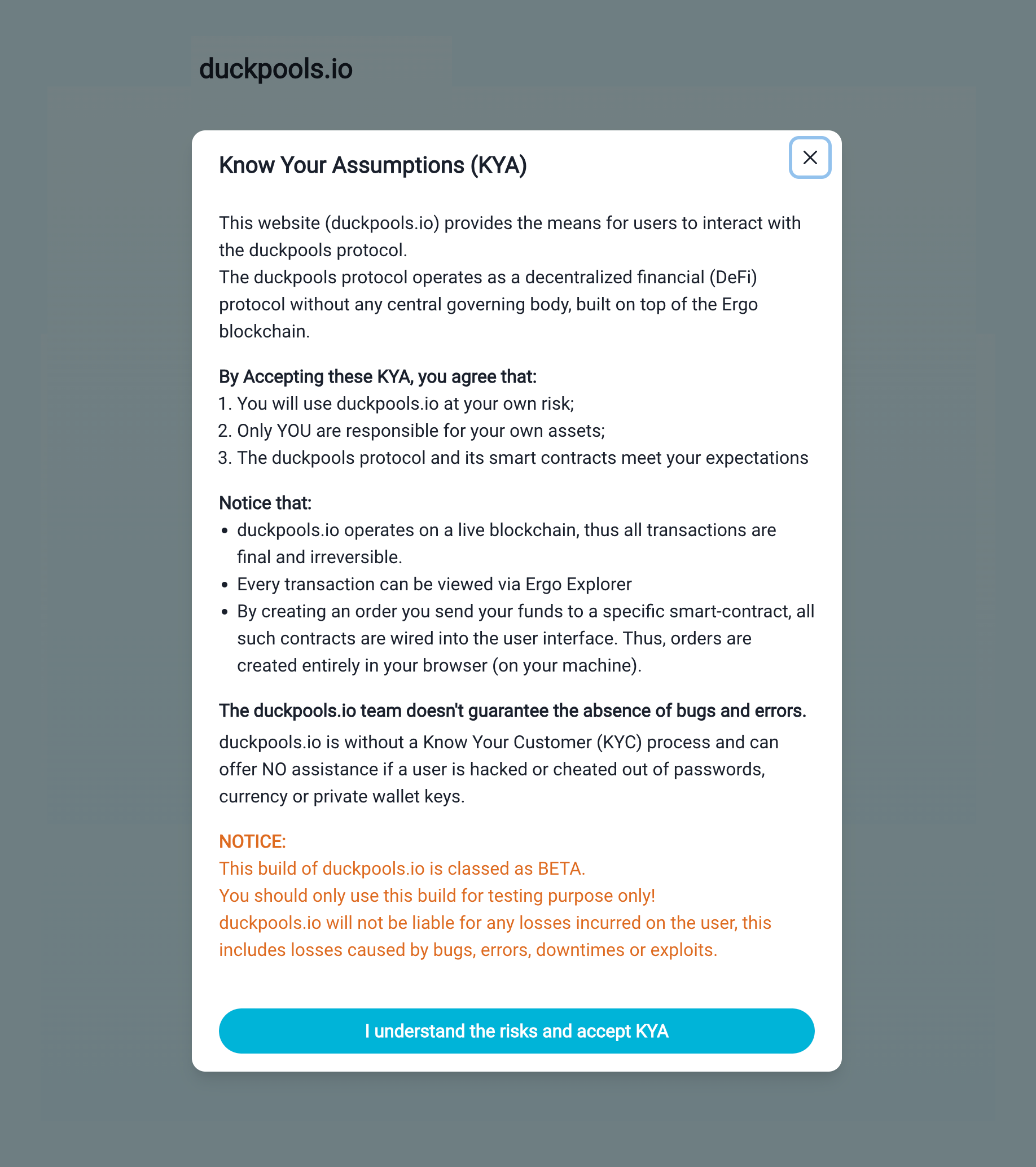
Duckpools dApp Providing KYA
Having a "Know Your Assumptions" prompt in DeFi protocols promotes risk awareness, user empowerment, transparency, security, and overall industry growth.
Take Aave (a popular decentralized finance (DeFi) protocol), for example:
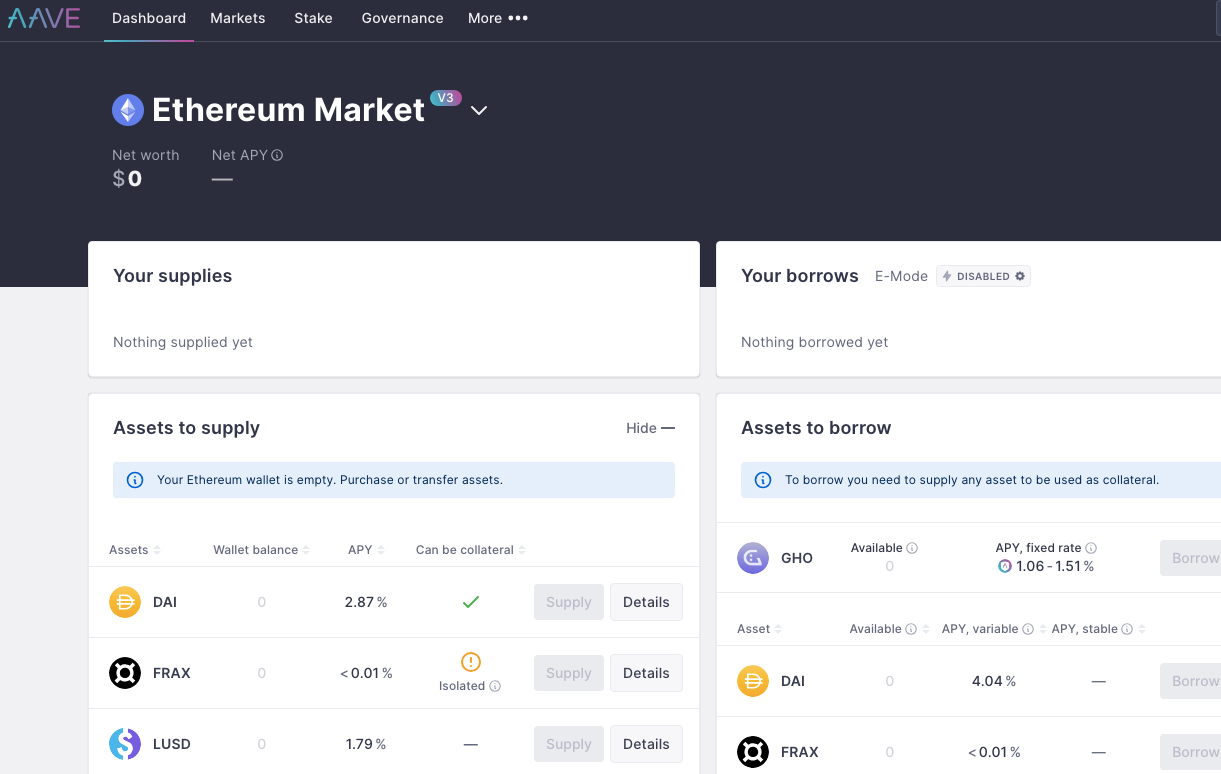
By introducing a KYA prompt during the onboarding process, or within the platform's user interface, Aave can promote transparency and empower its users to make informed decisions.
APY is often the main selling point for most protocols, but we need to go beyond just projected profits and consider the risk profiles. With KYA practices, we can quickly evaluate protocols from L1 blockchains to complex DeFi stacks and inter-chain bridges based on the assumptions they rely on.
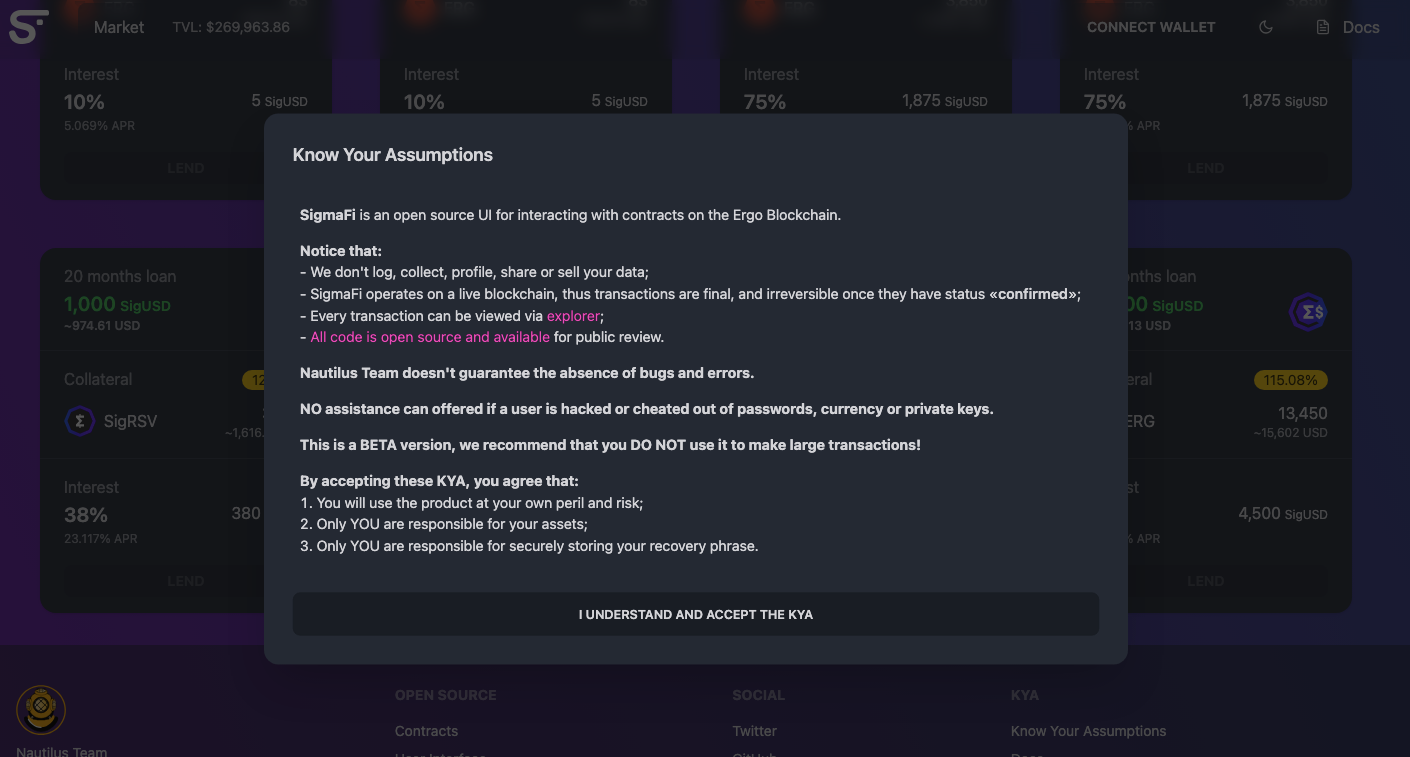
SigmaFi dApp Providing A Know Your Assumptions
Applying Know Your Assumptions - Case 2
KYA practices benefit not only users but also protocol researchers and developers. By explicitly stating the assumptions in their papers and specifications, researchers can enhance collaboration and foster a deeper understanding of the protocol's design choices.
Let's take a look at TrustWallet - a popular crypto wallet. When you first download the extension, you are prompted to read the terms of service/privacy policy:

Trust Wallet Legal
Now when interacting with Nautilus Wallet after the initial download, you are prompted with explicit risk assumptions as well as open source code:

Example of Nautilus Wallet Providing a Know Your Assumptions
Using KYA, developers can build more robust, resilient, and secure systems when assumptions are made clear, allowing for better audits and improvements over time.
Applying Know Your Assumptions - Case 3
Protocols in the crypto industry play a crucial role in fostering user education and understanding. One effective way to achieve this is through comprehensive and accessible documentation. Documentation serves as a valuable resource that enables users to navigate and comprehend the details of a protocol. By providing clear explanations of the protocol's functionality, parameters, and assumptions, documentation can empower users to make informed decisions and utilize the protocol effectively.
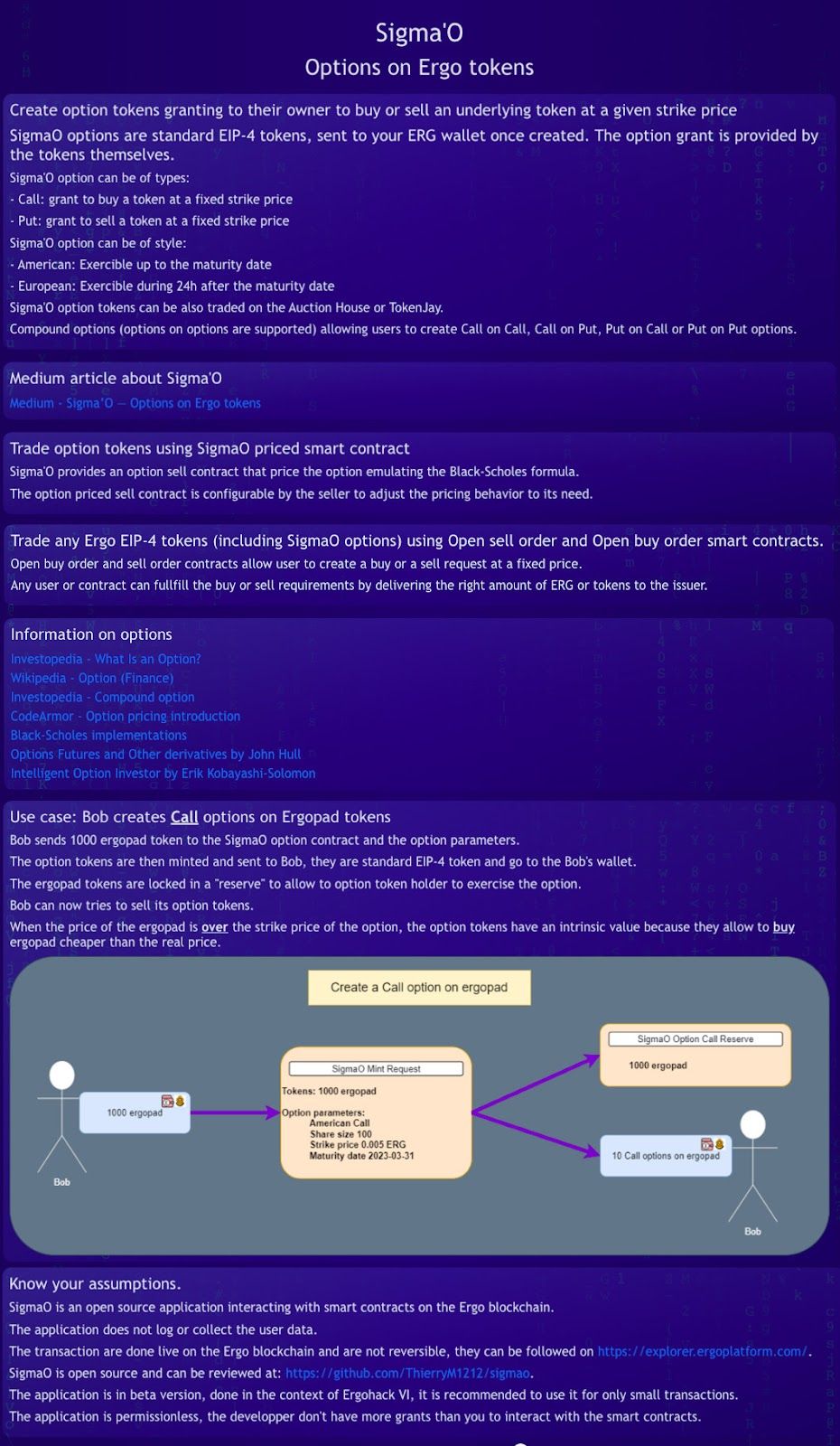
SigmaO Documentation
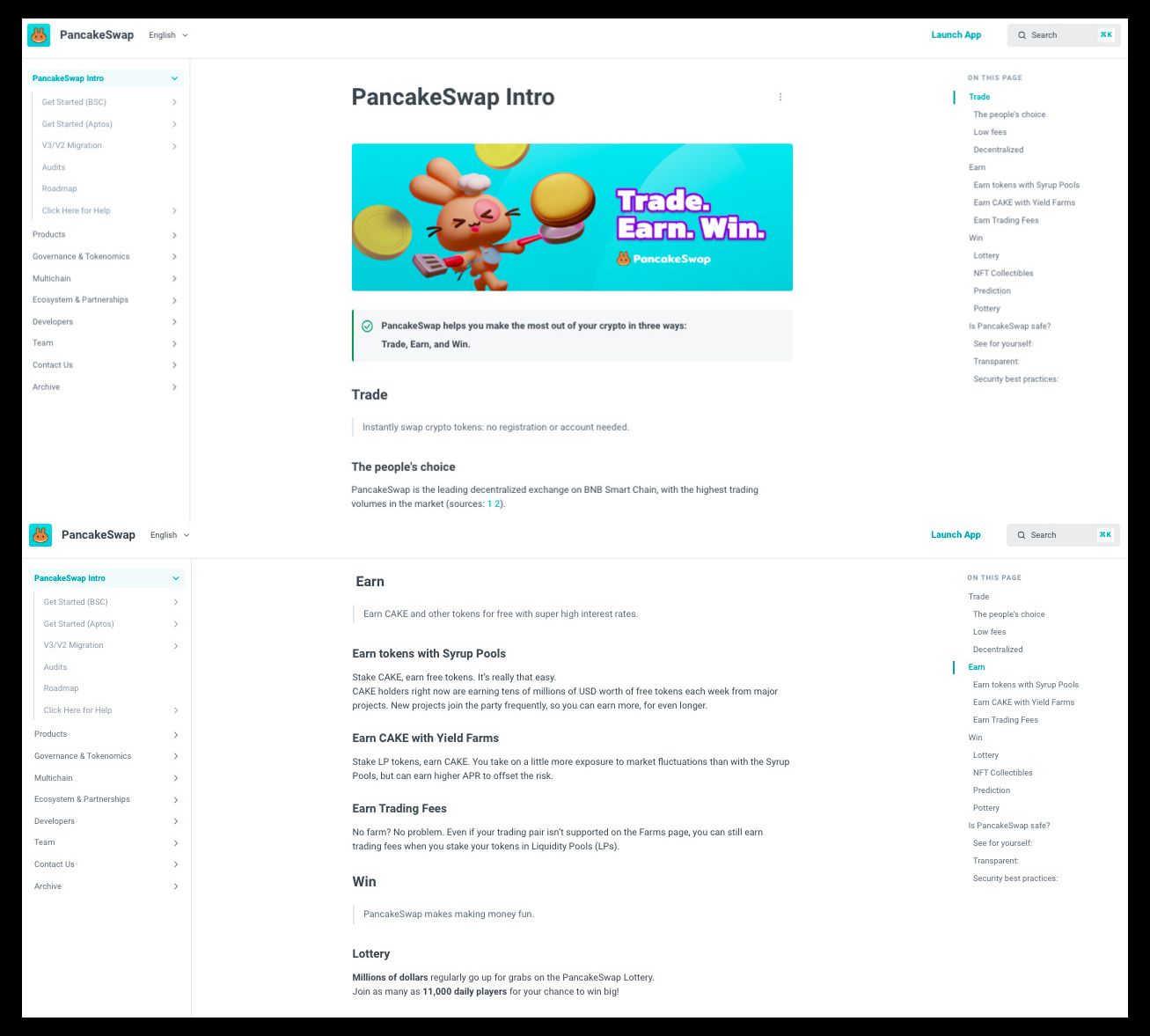
PancakeSwap Documentation
In the case of Pancake swap (a popular decentralized exchange on the Binance Smart Chain), the documentation is used to promote:
“Trade where you can instantly swap crypto tokens, Earn where you can earn tokens for free with super high interest rates and Win where Pancake swap makes making money fun!”
Comparing this to Spectrum Finance, the documentation states:
“... it is essential to establish clear differentiations among the various aspects of the “Spectrum” as certain elements might confuse novice users.”
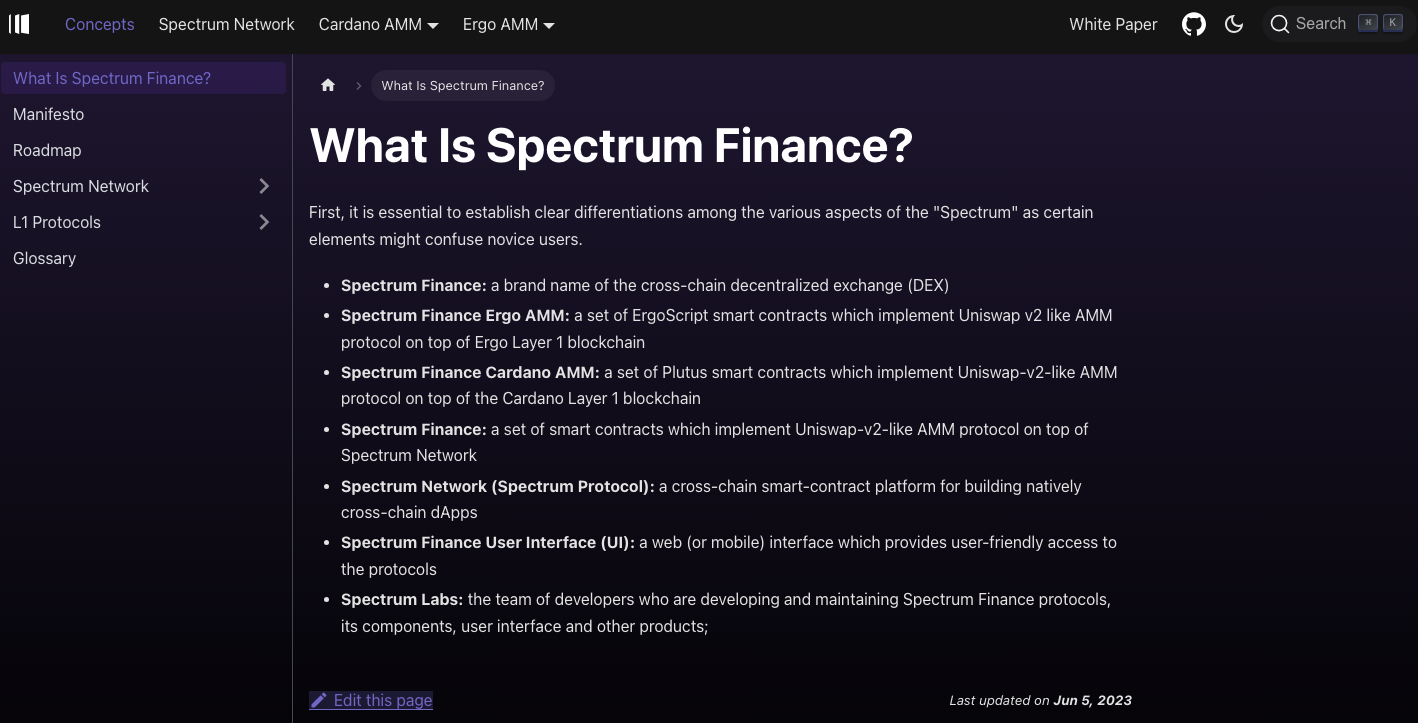
Spectrum Finance Documentation
It is through these educational materials that protocols can bridge the gap between complex technical concepts and user-friendly comprehension. By prioritizing documentation, protocols demonstrate their commitment to transparency, user empowerment, and the long-term success of their ecosystem.
Conclusion
Decentralized finance promises a new era of financial freedom. By embracing KYA practices, users can navigate the space more effectively, and we can ensure that this freedom is built on a solid foundation of transparency and informed decision-making.
Share post